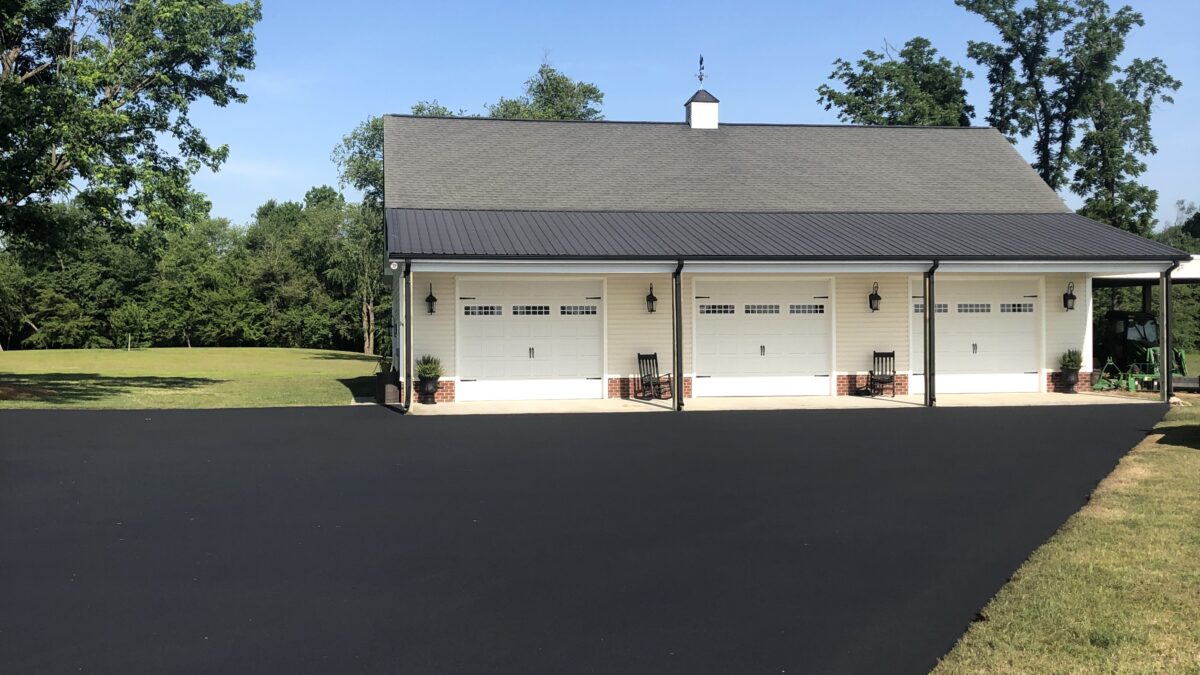Enhancing Asphalt Longevity: The Essential Guide to Proper Seal Coating
Asphalt surfaces are the unsung heroes of our infrastructure, providing the sturdy foundation for roads, driveways, and parking lots. Yet, to uphold their strength and durability, employing proper seal coating methods is paramount. This comprehensive guide explores the critical aspects of seal coating, emphasizing material selection, precise application techniques, avoidance of dilution, consideration of weather conditions, and the significance of adequate drying and curing time.
Material quality stands as the cornerstone of effective seal coating practices. Opting for premium sealants ensures that asphalt surfaces receive optimal protection against environmental stressors and daily wear and tear. Inferior products compromise the integrity of the asphalt, leading to premature deterioration and costly repairs down the line.
Achieving uniform coverage is essential for maximizing the effectiveness of seal coating applications. Balancing the right amount of sealant per square yard of surface area ensures consistent protection and longevity. Proper application techniques, such as spray or squeegee methods, facilitate even distribution, safeguarding asphalt surfaces against potential damage.
A common pitfall in seal coating is the temptation to dilute sealant materials to extend coverage. However, dilution compromises the sealant’s ability to form a robust barrier against moisture, UV radiation, and chemical exposure. Following manufacturer guidelines and avoiding dilution practices is imperative to preserve the integrity of the asphalt surface.
Moreover, timing plays a pivotal role in seal coating success. Applying sealant under unfavorable weather conditions or extreme temperatures hinders bonding and curing processes, jeopardizing the effectiveness of the coating. Monitoring weather forecasts and selecting optimal application windows ensure optimal adhesion and long-term durability.
Patience is a virtue when it comes to seal coating projects. Rushing the drying and curing process undermines the sealant’s resilience, leaving asphalt susceptible to premature wear and damage. Allowing adequate time for drying and curing ensures that the sealant reaches its maximum strength, providing robust protection against traffic and environmental factors.
In conclusion, proper seal coating methods are indispensable for preserving the longevity and functionality of asphalt surfaces. By prioritizing material quality, precise application techniques, adherence to manufacturer guidelines, consideration of weather conditions, and patience during the drying and curing process, asphalt surfaces can withstand the test of time. As stewards of infrastructure, embracing these principles ensures that our asphalt landscapes remain resilient and reliable for generations to come.



